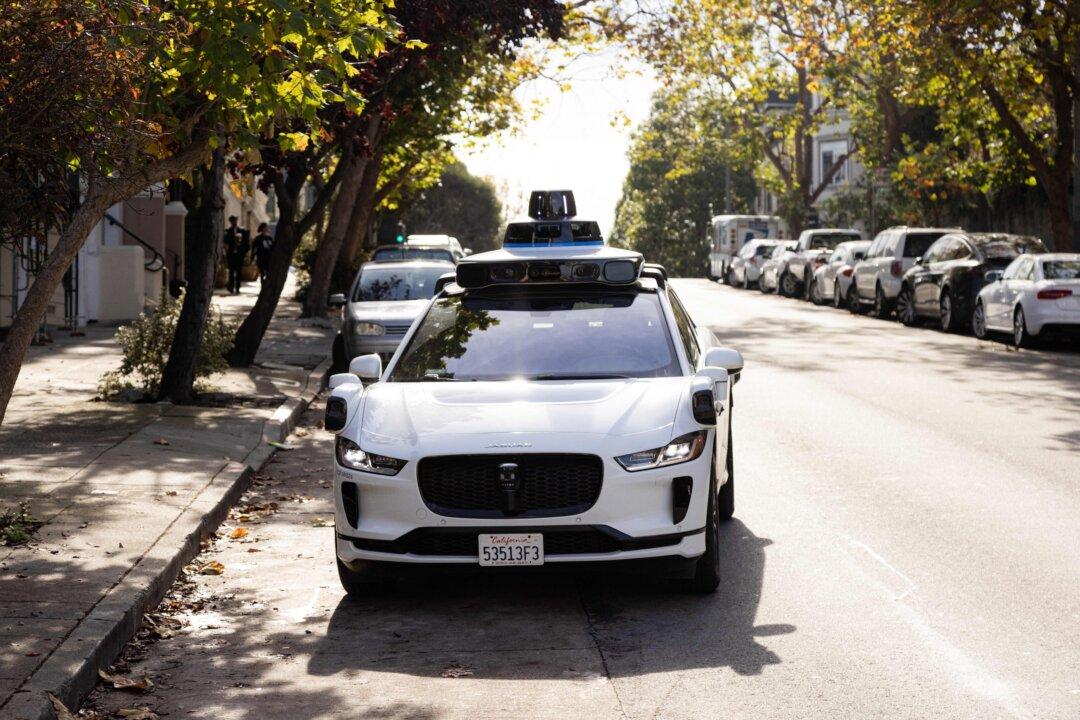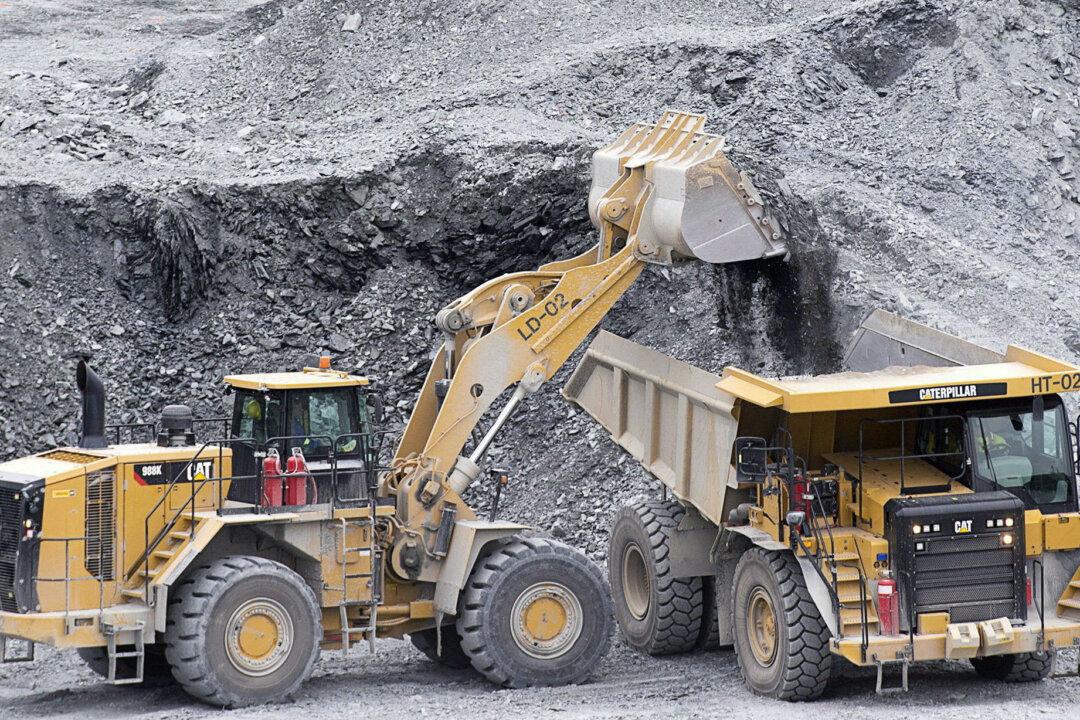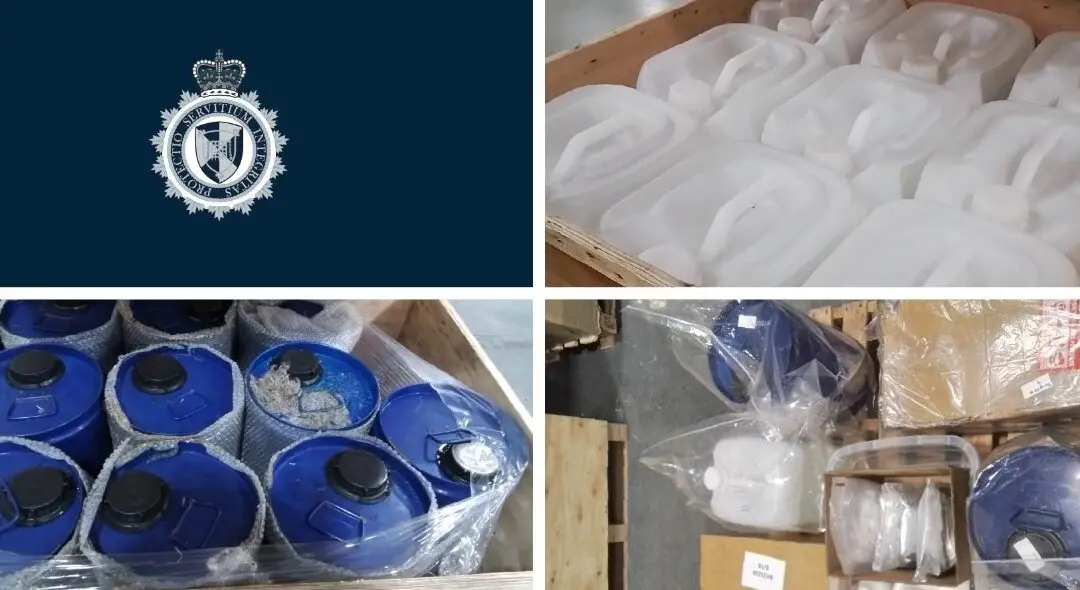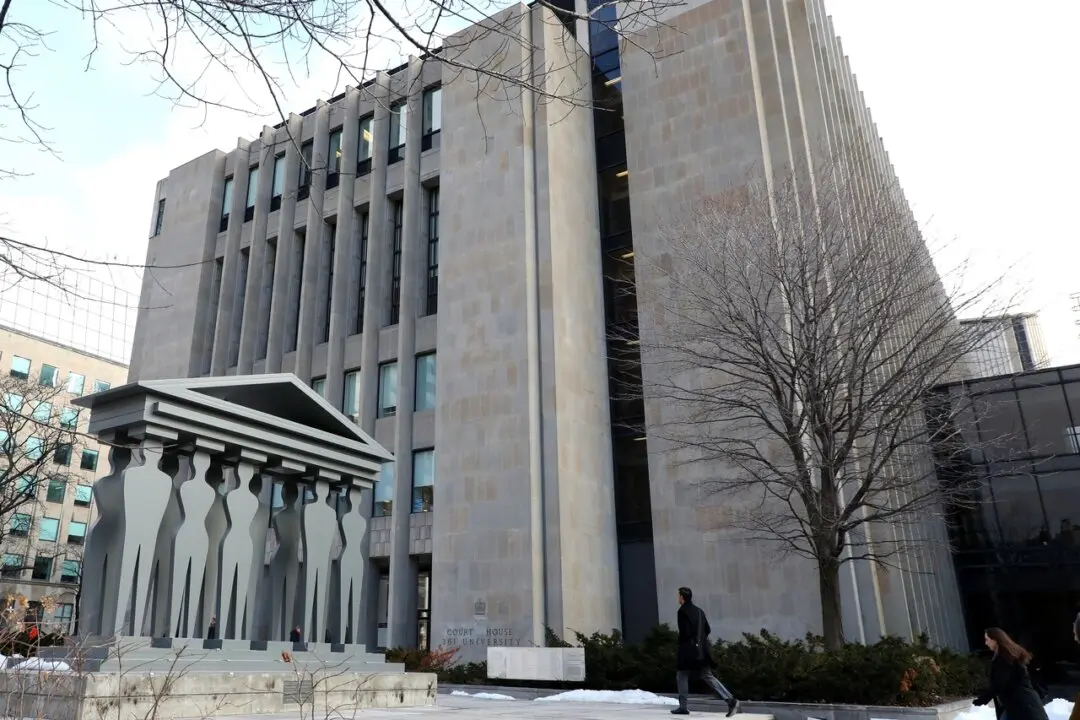B.C. legislation prohibiting the use of fully automated self-driving vehicles is now in effect as part of the province’s push to keep its roads safer.
Changes to the province’s Motor Vehicle Act came into effect without fanfare earlier this month to ban the use of automated features such as driverless steering, accelerating, and braking on B.C. roads.





